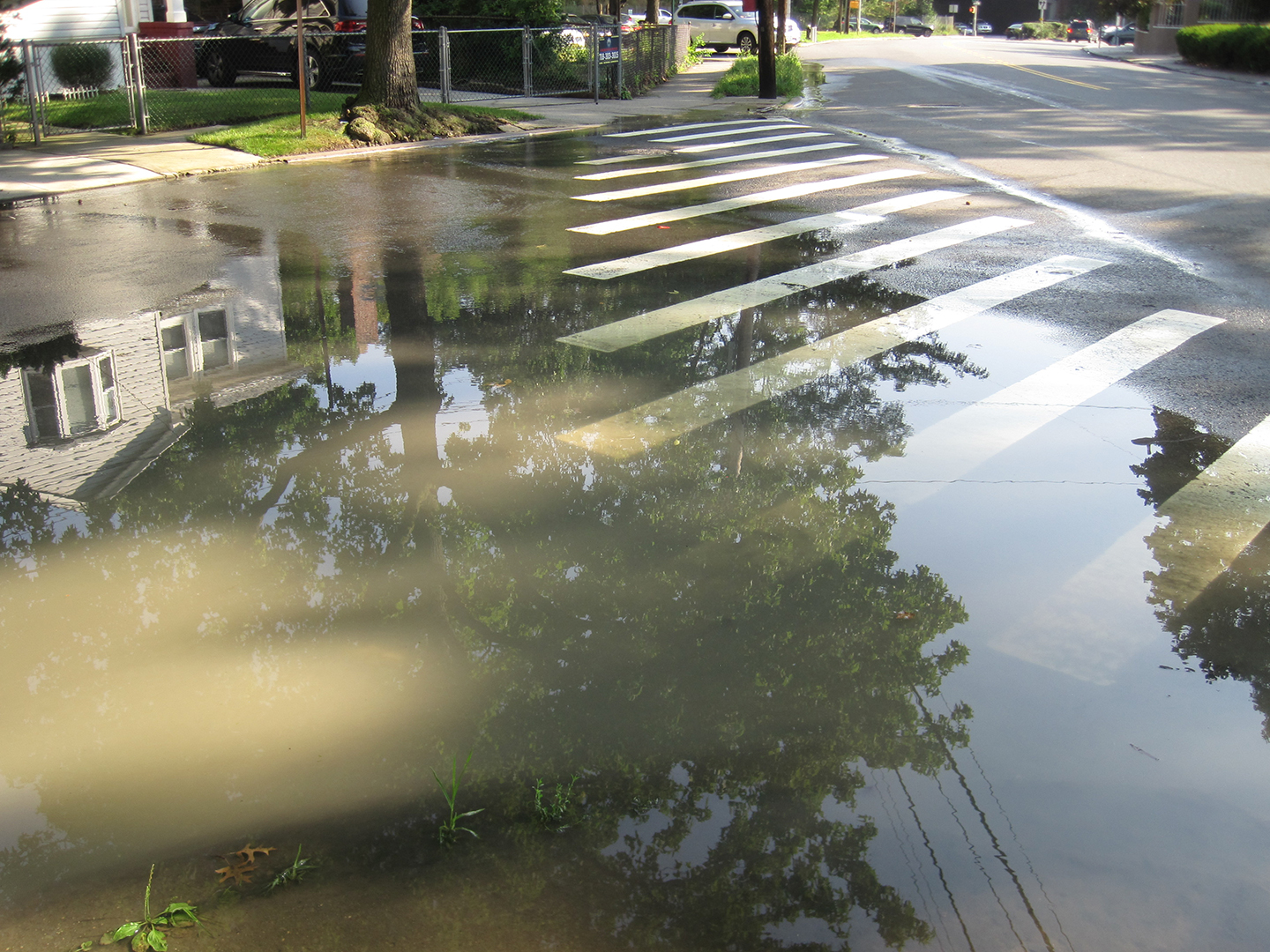Does Your Manufacturing Facility in Connecticut Need a Stormwater Permit?
What Is Stormwater?
In the natural environment, stormwater is rain or snowmelt that covers the ground and is absorbed by plants and soil. However, some environments are more developed and contain structures such as buildings, rooftops, and pavement that may be exposed to pollutants, which can then seep into stormwater runoff.
Various contaminants like motor oils, dust, pesticides/fertilizers, and sediment can be picked up by stormwater flow. The stormwater eventually reaches a drain and can be carried to a surface water body (river, lake, ocean, etc.). Contaminants in stormwater can impact water quality, harm aquatic life, and cause other environmental and health impacts.
Permitting
The United States Environmental Protection Agency (EPA) created the National Pollutant Discharge Elimination System (NPDES) permit program to regulate stormwater runoff and help prevent environmental pollution. The NPDES regulates “point sources*” from a variety of operations, including municipal separate storm sewer systems (MS4s), construction and industrial activities, and others that may be specifically identified by the EPA. Even if you think your facility is not subject to stormwater permitting, it is a good idea to become familiar with the requirements in the event that conditions change or you have an accidental discharge.
*(The EPA defines a “point source” discharge as an identifiable source from which a pollutant is discharged or emitted, like a pipe.)
The NPDES stormwater program addresses the following activities:
- Stormwater discharges from Construction Activities
- Stormwater discharges from Industrial Activities
- Stormwater discharges from Municipal Activities
- Stormwater discharges from Transportation Sources
- Oil and Gas Stormwater Permitting
- Stormwater Maintenance
- Long-Term Stormwater Planning
The federal Clean Water Act requires steps to control stormwater pollution from entering the storm sewer systems, which is done by issuing various types of General Permits. However, each state has the option of enforcing more stringent requirements and therefore may have different permits and permitting processes. Additionally, Publicly Owned Treatment Works (POTWs) have discharge limits that are specific to their treatment systems and may vary by municipality. So, it is important to check with state and local authorities to verify the steps you need to take to be in compliance.
Some activities that may trigger the need for a stormwater permit include:
- Materials or products being stored outside
- Uncovered dumpsters
- Waste material exposed to precipitation
- Spills/leaks resulting from maintenance of stacks or air exhaust systems
- Vehicles used during outdoor material handling
- Industrial machinery or equipment
Who Regulates Stormwater Permits in CT?
In Connecticut, the CT Department of Energy and Environmental Protection (DEEP) issues General Permits covering stormwater discharges from facilities engaged in specific activities identified as requiring such a permit. DEEP oversees all activities related to the issuance and maintenance of General Permits and other permits that organizations like those in manufacturing, construction, and transportation might need.
Additionally, if your facility in CT has a stormwater drainage system, that system must be certified by a Professional Engineer (P.E.) licensed in the state. This applies to any modifications of existing systems or installation of new systems.
Furthermore, if your facility is subject to a stormwater permit, you will need to develop a stormwater pollution prevention plan (SWPPP), which will need to be reviewed and approved by the state. However, even if your facility performs activities that could cause the need for a stormwater permit, steps can be taken to minimize the amount of exposure to qualify for a “no exposure certification.”
No Exposure Certification
As previously stated, there are many circumstances and types of facilities that are required to apply for NPDES permits. But permit coverage is not required at facilities that can certify a “no exposure” condition exists. This means contaminants produced by industrial materials or activities are protected by a storm-resistant shelter so that they cannot be absorbed into rain, snow, snowmelt, or water runoff. Being covered under a no-exposure certification is certainly an easier route to take than any of the other stormwater permits, but it is still a lengthy application process and requires effort to maintain. Additionally, no exposure permits need to be recertified every five years.
How Walden Can Help
Navigating the needs and applications for a stormwater permit can be challenging. That’s why it may be helpful to contact Walden Environmental Engineering. Our consultants are very familiar with regulatory authorities for different states in the northeast that govern stormwater management. Walden can also help create your SWPPP, train your employees, and conduct water sampling, as well as a wide range of other stormwater services.
Contact Walden at 516-559-6976 to speak with our stormwater team.

Contact Walden at 516-559-6976 to speak with a stormwater expert about the regulations that apply to your facility and the steps you can take to comply.
